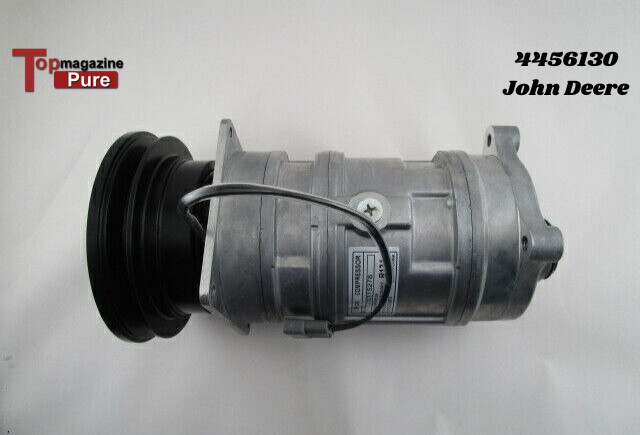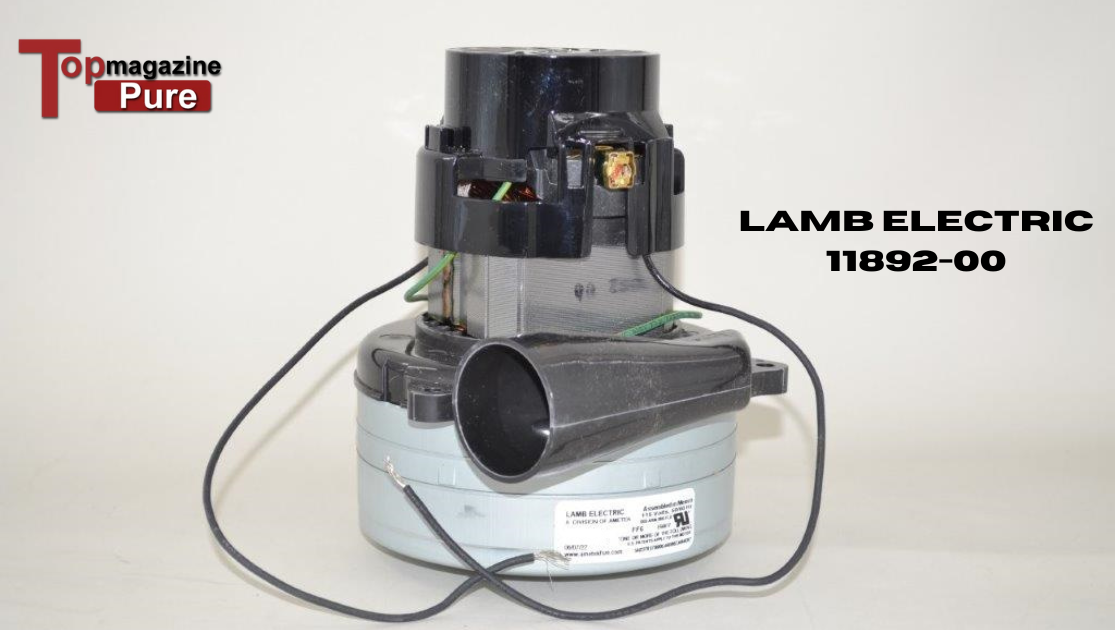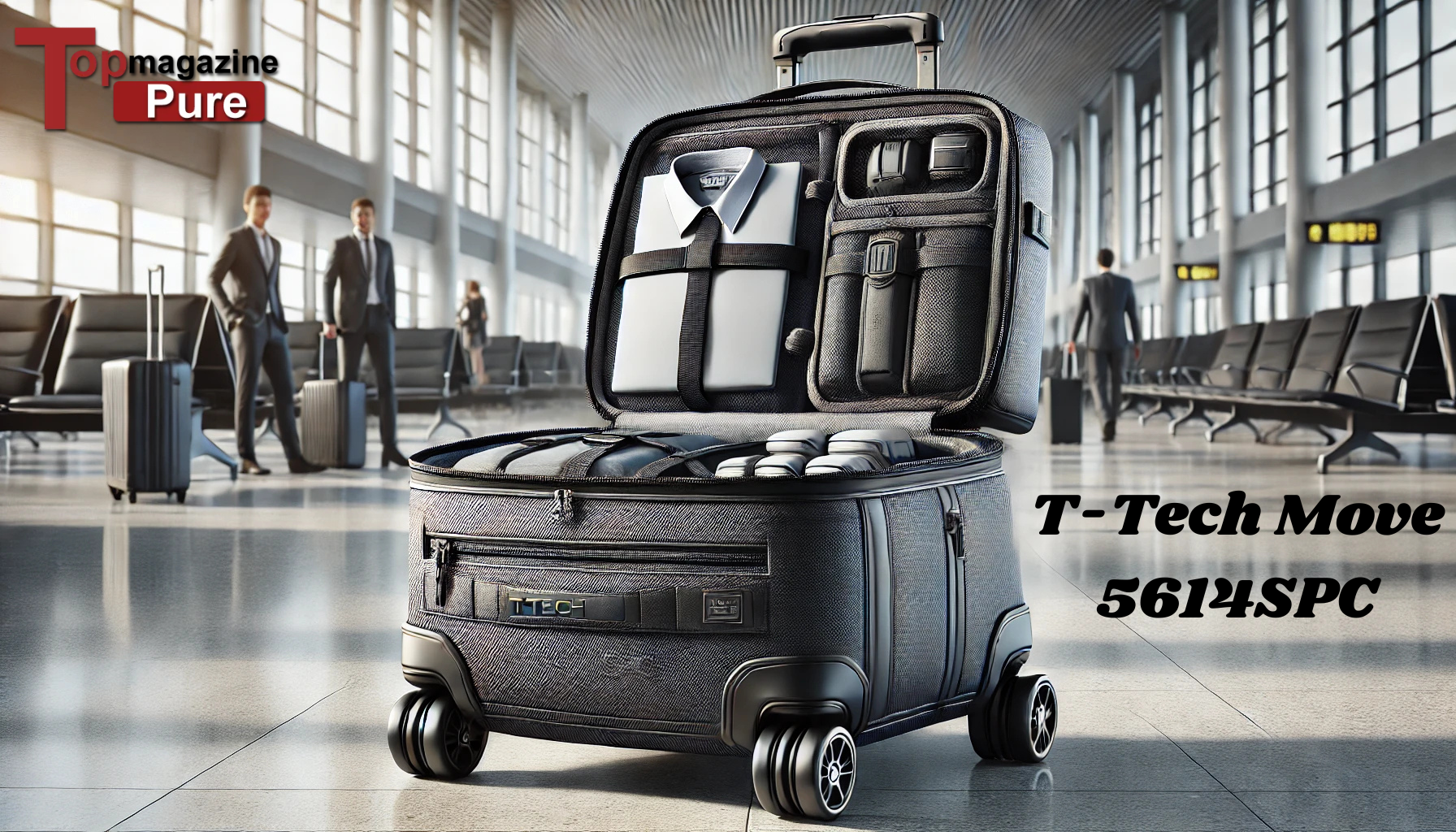Taiwan has emerged as a leader in developing smart cities and cutting-edge technology in recent years. One of the most notable innovations is the Taipei self-driving gharry, an autonomous vehicle system designed to improve urban transportation. With its blend of tradition and technology, the self-driving gharry is poised to become a game-changer in Taipei’s evolving transportation landscape.
What is the Taipei Self-Driving Gharry?
The Taipei self-driving gharry is an autonomous vehicle inspired by the traditional gharry, a horse-drawn carriage used in various parts of Asia for centuries. While horses powered the historical gharry, the modern version in Taipei uses cutting-edge autonomous driving technology. It is designed to transport passengers across the city with minimal human intervention, making urban travel more efficient, eco-friendly, and cost-effective.
This project is part of Taipei’s broader initiative to adopt smart transportation solutions that reduce traffic congestion, lower emissions, and provide convenient mobility options for residents and tourists alike. These self-driving vehicles operate on a predetermined route and use advanced sensors, cameras, and artificial intelligence to safely navigate the city’s streets.
How Does the Taipei Self-Driving Gharry Work?
The Taipei self-driving gharry uses advanced technologies to ensure safe and efficient operation. Below is a breakdown of how it works:
AI-Powered Navigation System
The heart of the Taipei self-driving gharry is its AI-powered navigation system. This system processes real-time data from multiple sources, such as GPS, cameras, and sensors, to create a comprehensive map of the vehicle’s surroundings. The AI system continuously assesses traffic conditions, road obstacles, and pedestrian activity, allowing vehicles to make autonomous decisions about speed, lane changes, and stopping distances.
LIDAR and Radar Technology
LIDAR (Light Detection and Ranging) and radar sensors are integral to the Taipei self-driving gharry. These technologies create a 3D map of the vehicle’s environment by sending out laser beams that bounce back upon hitting an object. This allows the gharry to detect nearby vehicles, pedestrians, and other obstacles, ensuring it can safely navigate around them. Radar helps assess moving objects’ speed and distance, further enhancing travel safety.
Electric Powertrain
The Taipei self-driving gharry is powered by an electric powertrain, making it an eco-friendly alternative to traditional gas-powered vehicles. Its electric motor reduces carbon emissions and ensures quiet operation, making it an ideal vehicle for busy urban environments. Charging stations are strategically located around Taipei to ensure the self-driving gharry can operate throughout the day without interruptions.
Onboard Passenger Assistance
Although the Taipei self-driving gharry operates autonomously, it has an onboard passenger assistance system. Passengers can interact with the vehicle through touchscreens or voice commands, select their destination, check travel routes, or request additional information. This feature makes it user-friendly, particularly for tourists unfamiliar with the city’s layout.
Benefits of the Taipei Self-Driving Gharry
Introducing the Taipei self-driving gharry benefits the city and its residents. These benefits extend beyond convenience and include economic, environmental, and social impacts.
Reducing Traffic Congestion
One of the primary benefits of the Taipei self-driving gharry is its potential to reduce traffic congestion. The gharry can operate continuously without breaking, transporting passengers more efficiently than traditional vehicles. Additionally, because the vehicles are autonomous, they can optimize their routes in real-time, avoiding congested areas and reducing bottlenecks on Taipei’s busy streets.
Lowering Carbon Emissions
With its electric powertrain, the Taipei self-driving gharry contributes to reducing the city’s carbon footprint. Cities are pressured to adopt greener transportation solutions as the world grapples with climate change. Taipei’s use of autonomous electric vehicles is a significant step toward achieving its environmental goals, promoting sustainability, and reducing air pollution.
Enhancing Public Safety
The Taipei self-driving gharry enhances public safety by eliminating human error, one of the leading causes of traffic accidents. The vehicle’s advanced sensors and AI technology are designed to detect potential hazards and react faster than a human driver could, making it a safer alternative for both passengers and pedestrians.
Promoting Tourism
Taipei is one of Asia’s most popular tourist destinations, and the self-driving gharry adds a futuristic, innovative twist to the city’s appeal. Tourists can use the gharry to explore the city’s famous landmarks, such as Taipei 101, Ximending, and the National Palace Museum, without worrying about navigating public transport or hailing taxis. The unique experience of riding in a self-driving vehicle could become a major attraction.
Challenges Facing the Taipei Self-Driving Gharry
While the Taipei self-driving gharry offers many advantages, it also faces several challenges that must be addressed to succeed in the long term.
Regulatory Hurdles
One of the most significant challenges is navigating the regulatory landscape. Autonomous vehicles are still a relatively new concept, and existing traffic laws in Taipei may need to account for self-driving technologies fully. The city must update its legal framework to ensure that autonomous vehicles can operate safely and efficiently without conflicting with current regulations.
Public Trust and Adoption
For the Taipei self-driving gharry to be successful, the public must trust the technology. Many are still wary of autonomous vehicles, fearing accidents or system malfunctions. It will be crucial for the city and developers to educate the public about the safety measures and ensure that the self-driving gharry consistently performs reliably.
Integration with Existing Infrastructure
Integrating the Taipei self-driving gharry into the city’s transportation infrastructure is another challenge. Taipei already has a well-established public transportation network, including buses, metro lines, and taxis. The self-driving gharry must complement these services without causing disruptions or inefficiencies. Coordinating routes, ensuring seamless ticketing systems, and minimizing conflicts with other vehicles require careful planning.
Cybersecurity Concerns
As with any technology-based system, cybersecurity concerns the Taipei self-driving gharry. Autonomous vehicles rely on data and communications systems that could be hacked or compromised. Ensuring that the self-driving gharry has robust cybersecurity protocols will be essential to protect passenger data and ensure safe operation.
The Future of the Taipei Self-Driving Gharry
Despite the challenges, the future of the Taipei self-driving gharry looks promising. Autonomous vehicles are expected to become a common sight in cities worldwide as technology advances. Taipei’s commitment to innovation and smart city solutions makes it well-positioned to be a leader in the autonomous transportation revolution.
In the coming years, the city will likely expand the deployment of self-driving vehicles, introducing them to other areas of Taiwan and increasing the variety of autonomous vehicle options available to the public. The development of complementary technologies, such as 5G networks and smart traffic systems, will further enhance the capabilities of the self-driving gharry, making it an even more integral part of Taipei’s transportation ecosystem.
Conclusion
The Taipei self-driving gharry represents an exciting blend of tradition and modern technology. By taking inspiration from the old horse-drawn carriages and merging them with state-of-the-art autonomous driving systems, Taipei has created a unique transportation solution that has the potential to reshape the way people move around the city.
The benefits of the Taipei self-driving gharry are clear: from reducing traffic congestion to lowering carbon emissions and enhancing public safety. While challenges remain, such as regulatory hurdles and public adoption, the future looks bright for this innovative mode of transport. As Taipei continues investing in smart transportation solutions, self-driving gear will likely play a significant role in the city’s vision of a more connected, efficient, and sustainable urban environment.







